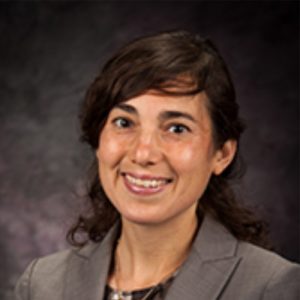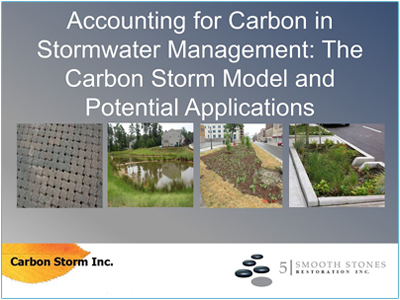TRACK 1
Accounting for Carbon in Stormwater Management: The Carbon Storm Model and Potential Applications
ABSTRACT
Concerns over global climate change have spurred interest in accounting for carbon emissions from human activities. In this presentation, I will present a tool developed specifically to account for the carbon footprint associated with urban landscaping — and, in particular, stormwater management practices.
This carbon footprinting tool accounts for carbon emitted through the construction and maintenance of urban stormwater control measures and landscapes, as well as the carbon embodied in materials used to construct these systems, and carbon sequestered by vegetation growing in these systems.
The model includes:
Common stormwater management practices:
Green roofs
Permeable pavement
Bioretention
Sand filters
Rainwater harvesting
Constructed ponds and wetlands
Vegetated filter strips
Tree planter boxes
Common stormwater conveyances:
Grassed swales
Lined channels
Reinforced concrete pipes
General urban landscape land covers:
Turfgrass
Trees
Various pavement systems
I will provide examples to demonstrate the use of this model as a carbon accounting tool for existing and future developments, as well as its potential as an optimization tool to minimize the carbon footprint of new developments and stormwater infrastructure at scales ranging from the site to the city.
Learning Objectives
1. Describe the components of a carbon footprint as applied to urban stormwater practices
2. Understand the capacity of urban vegetation to sequester carbon
3. Understand how to apply the model presented to calculate a carbon footprint
ABOUT THE PRESENTER

Trisha Moore
Dr. Trisha Moore conducts research and teaching in the areas of water resources and ecological engineering at Kansas State University, where she joined the faculty in 2014.
Her work has focused primarily on urban watershed hydrology and the integration of green infrastructure to mitigate urban runoff impacts, contribute to climate change adaptation, and to provide a suite of other beneficial ecosystem services.

